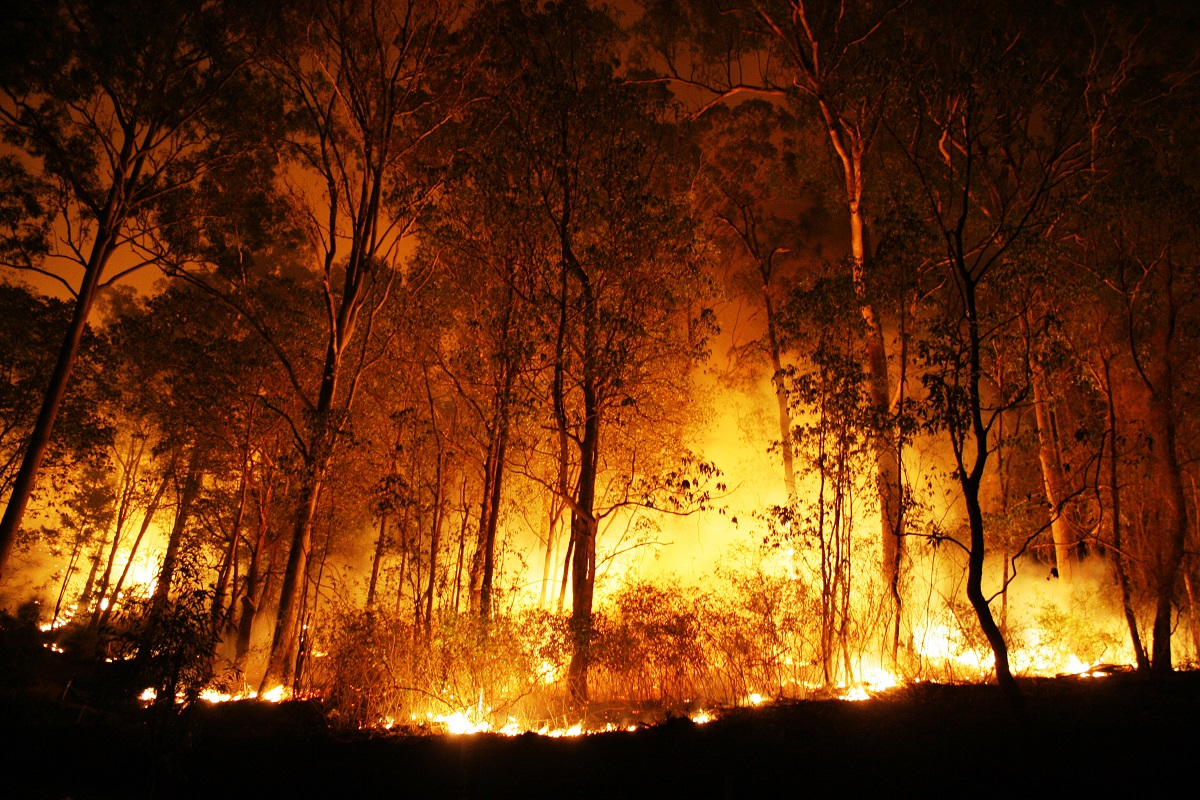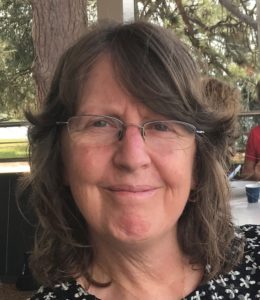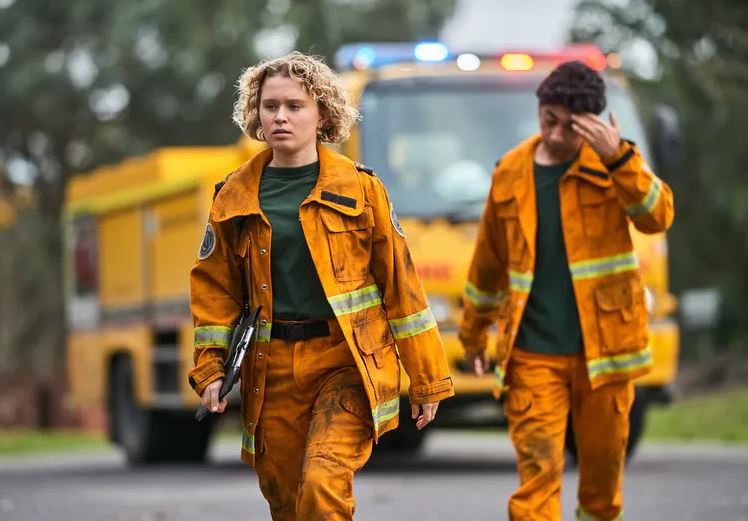
As communities across Australia still grapple with the aftermath of the devastating 2019-20 bushfires, researchers are warning more needs to be done to support the long-term mental health and personal wellbeing of volunteer firefighters and other first responders, as well as their families to such disasters.
A new study ‘After the Fires’, led by Flinders University mental health advocate Professor Sharon Lawn, says targeted mental health and wellbeing resources need to be developed to prepare thousands of volunteer firefighters and community volunteers for bushfires and emergency events – and to manage the longer-term after-effects of a major bushfire response.

A total of 34 lives were lost, up to 3000 homes destroyed, wildlife decimated, and more than 20 million hectares farming land and national parks burnt in the Black Summer bushfires.
“Governments and communities have to consider how we respond to increasingly frequent and severe events such as the Black Summer fires,” says co-lead researcher on the study, Professor David Lawrence from The University of Western Australia.
“The 2019-20 ‘Black Summer’ was one of the most intense and sustained ever in Australia, and the impacts of major bushfires are substantial and ongoing,” Professor Lawn says, after interviewing volunteer firefighters and community members in South Australia, Victoria, NSW and Queensland, including some who took part in the previous ‘Answering the Call,’ the first national study of mental health and wellbeing of emergency workers.
“The 18 months to two years after such a major event is an important time for mental health support, especially after the adrenaline-fuelled period following the fires subsides and their full mental health impacts set in,” Professor Lawn says.

“While preparing guidelines and tools for personal mental health and wellbeing self-care, we want to acknowledge the wealth of informal mental health peer support that volunteer firefighters provide to each other.
“We also want to acknowledge the importance of informal support and debrief from family members and other close supporters, much of which is invisible despite its importance, and how they therefore also bear some of this trauma and stress.”
“One of the most striking findings of this study was how much mental health support family members provide in the background, with the potential for significant vicarious trauma for family supporters if this goes unacknowledged,” Professor Lawrence adds.
Co-investigator Dr Miranda Van Hooff, Executive Director of Military and Emergency Services Health Australia (MESHA), says this research is imperative in supporting career and volunteer emergency service personnel exposed to major Australian disasters.
“First responders and volunteers choose to put themselves in harm’s way to protect others. MESHA is proud to be part of this research study that has developed vital recommendations that will inform policy and programs to make a positive impact on their mental health and wellbeing,” Dr Van Hooff says.
The study found three key themes should be addressed to better prepare for the future:
- To acknowledge, enhance and make use of the strengths of existing support networks and importance of fostering cohesive community environments.
- Scale up training and support resources for volunteer agencies to ensure the sustainability of volunteering.
- Improve collaboration and coordination between different groups (firefighter volunteers, paid staff, community volunteers) before, during and after the fire season.

The new report makes 8 key recommendations to build on community resilience:
- Improve acknowledgment of existing informal mental health supports/networks currently utilised by volunteers (i.e. the hot debrief, formal and informal mentoring roles, and peer-to-peer and family support).
- Reduce workload on operational volunteers by recruiting administrative volunteers.
- Greater recognition of the skills across the sector to allow volunteer and paid personnel to work together side by side in relation to training, disaster preparation and campaign coordination and communication.
- Improve financial compensation from the government for loss of income/earnings incurred by volunteering, particularly during a major bushfire campaign, to alleviate other sources of stress on individual volunteer first responders and small communities.
- Investigate ways to improve training for severe events, e.g. virtual reality technology training to better prepare volunteers for the realities of extreme fire behaviour and potentially traumatic events, and practice working together in high stress and time critical situations.
- Introduce additional mental health training for Emergency Services First Responder (ESFR) volunteers and communities impacted by disasters.
- Implement local community logistic support capabilities through a register of local community members to support volunteer and ESFR emergency services at the start and during a major campaign, and alleviate high stress and time critical situations.
- Recognise firefighter and community volunteers’ mental health and wellbeing is embedded within the broader wellbeing of local communities.
View the full report at: Lawn, S, Bartlett, J, Hunt, A, Rikkers, W, Van Hooff, M, Houghton, S and Lawrence, D, (2021) After the Fires: results from qualitative interviews and focus groups.
Acknowledgements: Led by The University of Western Australia, the ongoing research is funded by the Medical Research Future Fund (MRFF) Emerging Priorities and Consumer Driven Research, Bushfire Impact Research Grant. Military and Emergency Services Health Australia (previously The Road Home), part of The Hospital Research Foundation Group, also supported this study.

